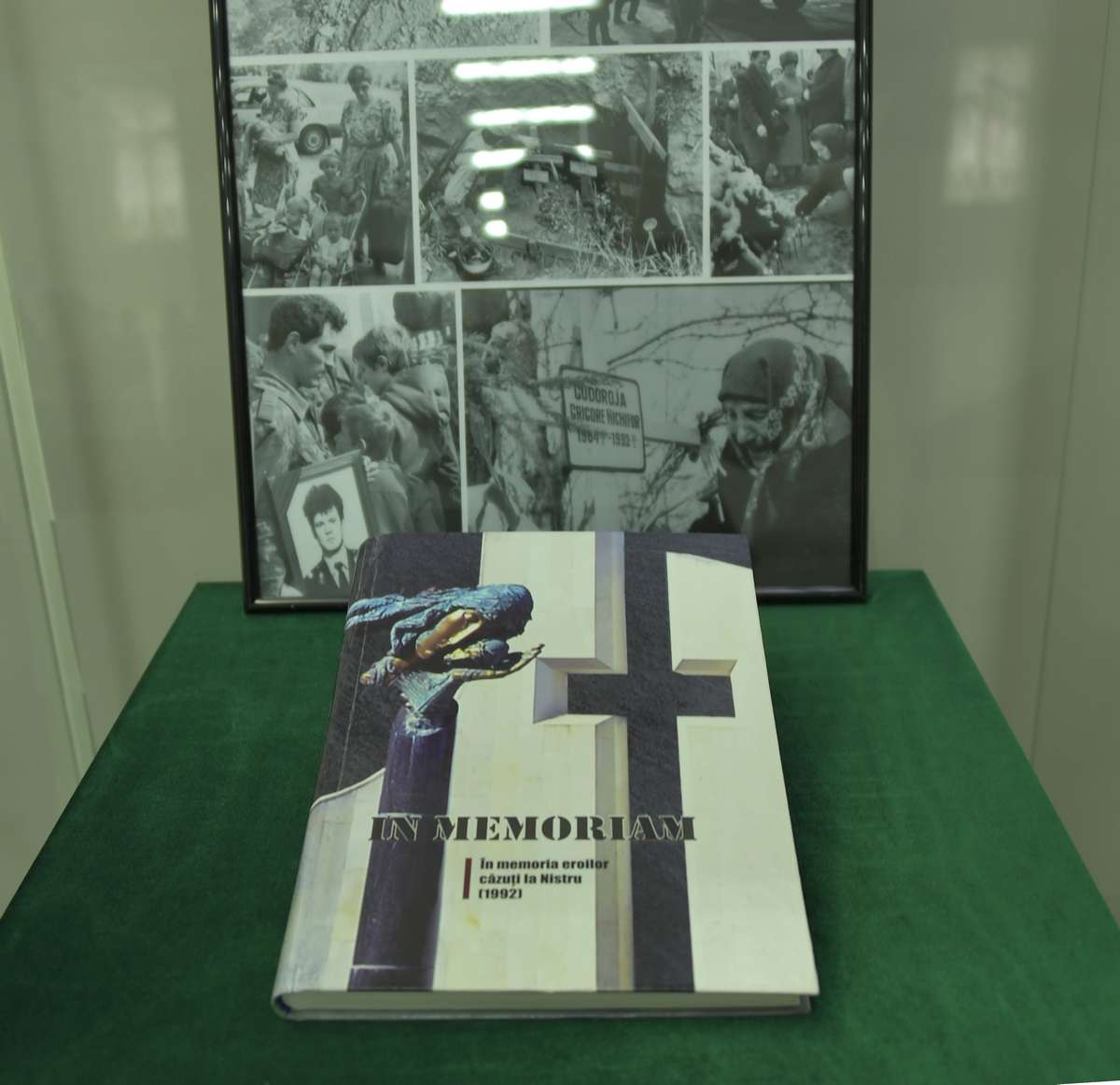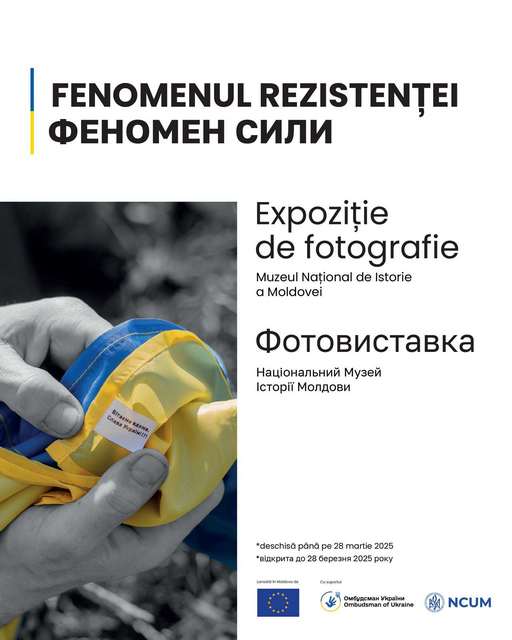  Events Archive Events Archive
Inauguration of the "Architecture of Independence in Central Europe" exhibition
February 1, 2023
On February 1, 2023, in the premises of the National Museum of History of Moldova took place the opening of the "Architecture of Independence in Central Europe" exhibition.
The event was opened by Eugen Sava, the General Director of the National Museum of History of Moldova, who stated that this exhibition is a continuation of the collaboration between NMHM, the Polish Institute in Bucharest and the Embassy of the Republic of Poland in Chisinau. Mr. Sava highlighted the importance of this beneficial relationship, which has as a results, numerous projects and exhibitions realized during the last years. Svetlana Pociumban, head of the Cultural Heritage Directorate of the Ministry of Culture and Natalia Mosor, director of the Polish Institute in Bucharest, came with greetings and speeches, who reiterated the importance of Moldovan-Polish collaboration and thanks to which we can admire this exhibition today. S.E. Tomasz Michał Kobzdej, Ambassador of the Republic of Poland in Chisinau, reported on the concept and content of the exhibition. Mr. Ambassador highlighted the main processes that the cities of Central Europe went through in the period after the First World War and how they influenced the architecture of that period, architecture that combines various aspects, among which the political, social and cultural are already found. The leitmotif of the exhibition is to present the very dynamic period, after 1918, from the perspective of the entire spectrum of changes that influenced the space, urban planning and architecture of the new countries that appeared on the map of Central Europe. In the present case, the architecture of independence is understood more broadly than just individual buildings. It is the symbol of its materiality in the landscape of regions and cities, of the search for new models of national iconography, of the desire to create opportunities for social development, but also of the emergence of the idea of a new man. Also, the end of the First World War marked the birth of the idea of a new man. The man of the future had to be healthy and athletic, and his body had to resemble a machine. Health and hygiene, sport and active recreation were considered factors of social and moral change, as well as important elements in the consolidation of new societies. Spas have developed, as has the sports infrastructure. Sports halls, racetracks, swimming pools, stadiums that could accommodate thousands of spectators became visible symbols of modernization and a great propaganda tool for the newly created states. The curators of the exhibition are Łukasz Galusek, Dr. Żanna Komar, Helena Postawka-Lech, Dr. Michał Wiśniewski, Natalia Żak. The exhibition "Architecture of Independence in Central Europe" is co-financed from the funds of the Polish Minister of Culture and National Heritage, as part of the NIEPODLEGŁA Multiannual Program for the years 2017-2022 and can be seen at the National Museum of History of Moldova from February 1-28, 2023.
|






















































